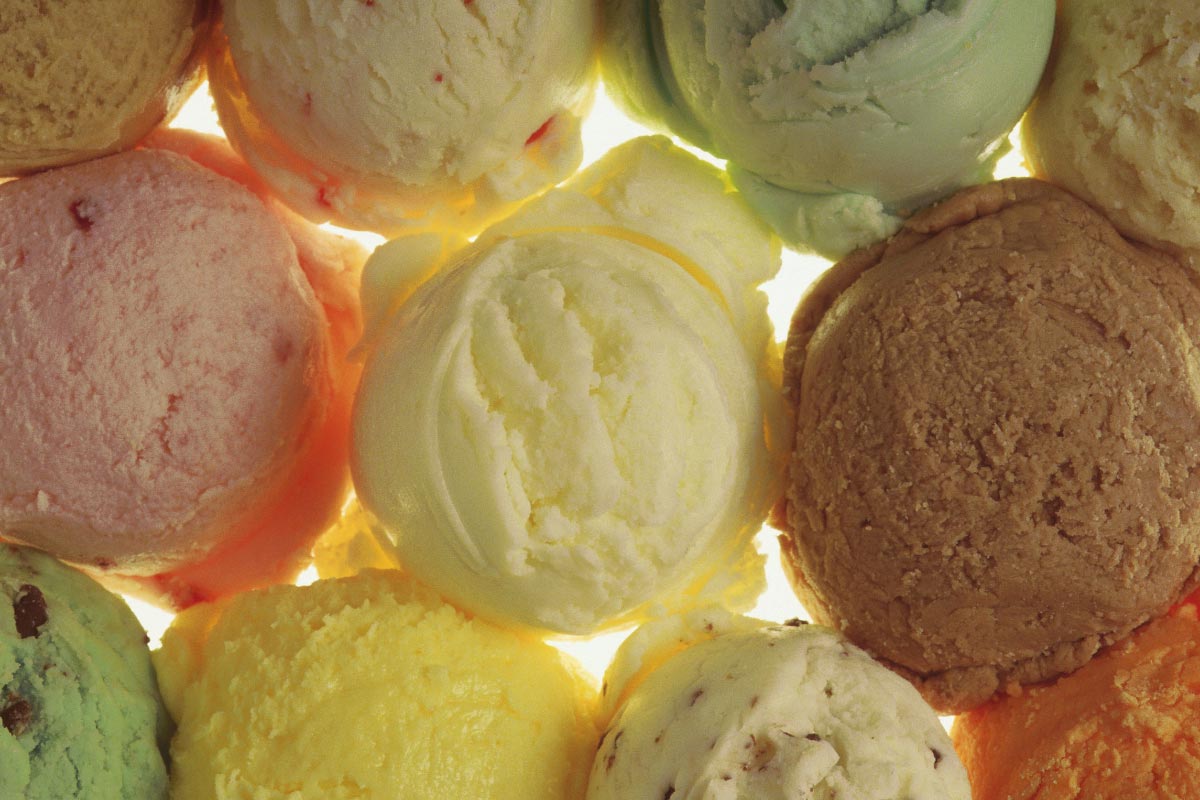Natural, homemade alternatives to toxic dryer sheets
02/08/2018 / By Zoey Sky

Did you know that something as ordinary as a dryer sheet can contain toxic chemicals?
The dryer sheets that you regularly include in your laundry can have negative side effects. Dryer sheets are full of toxic chemicals, and here are some of the dangers associated with them:
- Carcinogenic chemicals — The use of dryer sheets have been linked to the growth of tumors. Dichlorobenzene, a chemical found in dryer sheets that reduces static, “can cause kidney and liver tumors.” The Environmental Protection Agency (EPA) has also labeled it as a possible human carcinogen. Some studies have determined that other chemicals in dryer detergents, such as benzyl acetate, can cause liver tumors and gastric neoplasms in mice. Results show that the incidence of cancer can increase with prolonged use and that “significant incidence of carcinoma” has been observed following two years of exposure to benzyl acetate.
- Dementia — Fragrant products like dryer sheets contain petrochemicals which can “directly affect the central nervous system” (CNS) and cause symptoms like aphasia, blurred vision, disorientation, and memory loss. Petrochemicals, which are already linked to dementia, can worsen other CNS disorders such as Alzheimer’s disease, attention deficit disorder, and multiple chemical sensitivity.
- Hormone disruption — A lot of dryer sheets contain phthalates, which are used as solvents in cleaning products. Phthalates act as endocrine (hormone) disruptors that can have estrogenic effects. These chemicals can disrupt the endocrine system and cause “infertility, premature ovarian failure, and non-reproductive disorders.”
- Environmental damage — A 2011 study determined that the carcinogenic chemicals in dryer sheets “leak into the environment and air” via laundry vents. Unlike other forms of pollution, these chemical emissions go unregulated. At least seven chemicals from laundry vents are considered “hazardous air pollutants” and they can “linger in the air, go down drains, and seep into lakes and rivers.”
- Respiratory irritation and asthma — Dryer sheets contain “quaternary ammonium compounds” or “quats,” a group of chemicals that soften fabric and eliminate static. Quats can cause asthma, and studies show that the link between the two is “significant.” Dryer sheets also contain formaldehyde, which can cause “burning and stinging eyes, upper airway irritation, wheezing, tearing, excessive thirst, and disturbed sleep.”
- Skin and throat irritation — The formaldehyde in dryer sheets is the same chemical used to make building materials and furniture. Formaldehyde can also cause “severe skin, nose, eye, and throat irritation, as well as vascular collapse, pneumonia, and injury to the larynx and trachea.” (Related: Eco-friendly fabric softeners and dryer sheets cause allergic reactions and pose serious health hazards.)
Alternatives to dryer sheets
You don’t have to give up dryer sheets forever. Simply switch to these alternatives to avoid any negative side effects while you keep your clothes soft and fragrant.
Mother Nature's micronutrient secret: Organic Broccoli Sprout Capsules now available, delivering 280mg of high-density nutrition, including the extraordinary "sulforaphane" and "glucosinolate" nutrients found only in cruciferous healing foods. Every lot laboratory tested. See availability here.
- Homemade dryer sheets — Make DIY dryer sheets with some cotton cloths, such as cotton dish towels or old cotton T-shirts cut into small squares, and a sealable jar. You’ll also need 10 to 12 drops of lemon, orange, geranium or lavender essential oil and half a cup of white vinegar. Start by cutting the cloths into small squares. Make sure they’re small enough to stack in the jar. Combine the vinegar and essential oils in a small bowl, then pour the mixture into the jar until the cloths are damp. Simply take a cloth from the jar and wring out any excess liquid before putting it in your dryer. You can reuse the cloths by taking them from the dryer and putting them back into the jar to soak up the excess liquid. Repeat this until the sheets dry up. When do, repeat the entire recipe.
- Hypoallergenic dryer balls — Add a rubber or wool dryer ball to your load, but make sure there are no hidden chemical ingredients. These balls help “reduce static, soften fabric, and fluff your clothes.”
- Natural fabrics — To eliminate static cling caused by polyester and other fabrics, consider gradually switching to natural fabrics like 100 percent cotton.
- Vinegar fabric softener — If you don’t have time to make the DIY dryer sheets, you can add half a cup of vinegar to the load during the rinse cycle.
You can read more articles about other harmful chemicals and how to avoid them at Chemicals.news.
Sources include:
Tagged Under: chemicals, clean water, detox, DIY, DIY dryer sheets, dryer sheets, Ecology, environ, green home, green living, harmful chemicals, how to, Laundry, natural dryer sheets, toxic chemicals, toxic dryer sheets, toxins




















